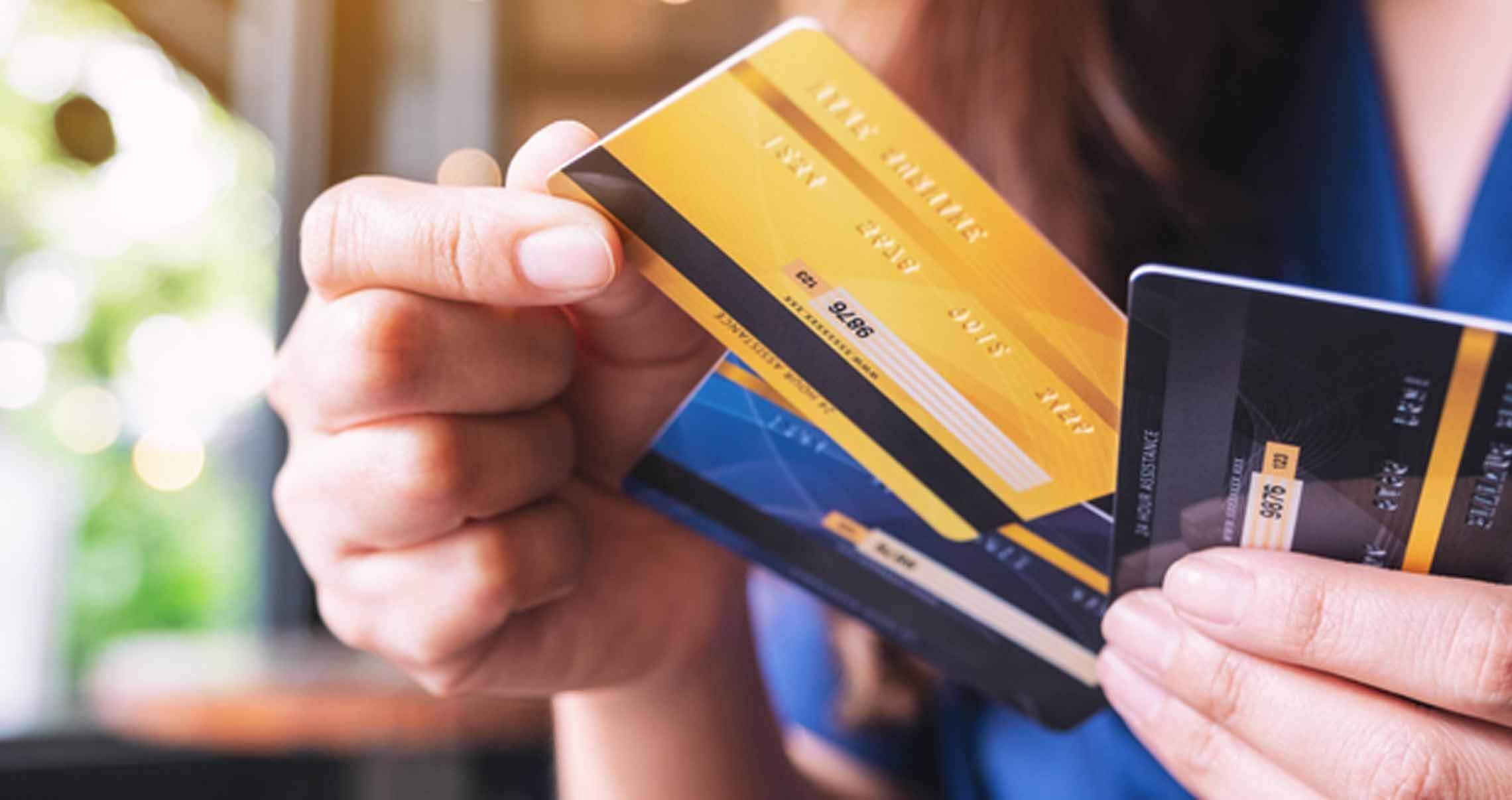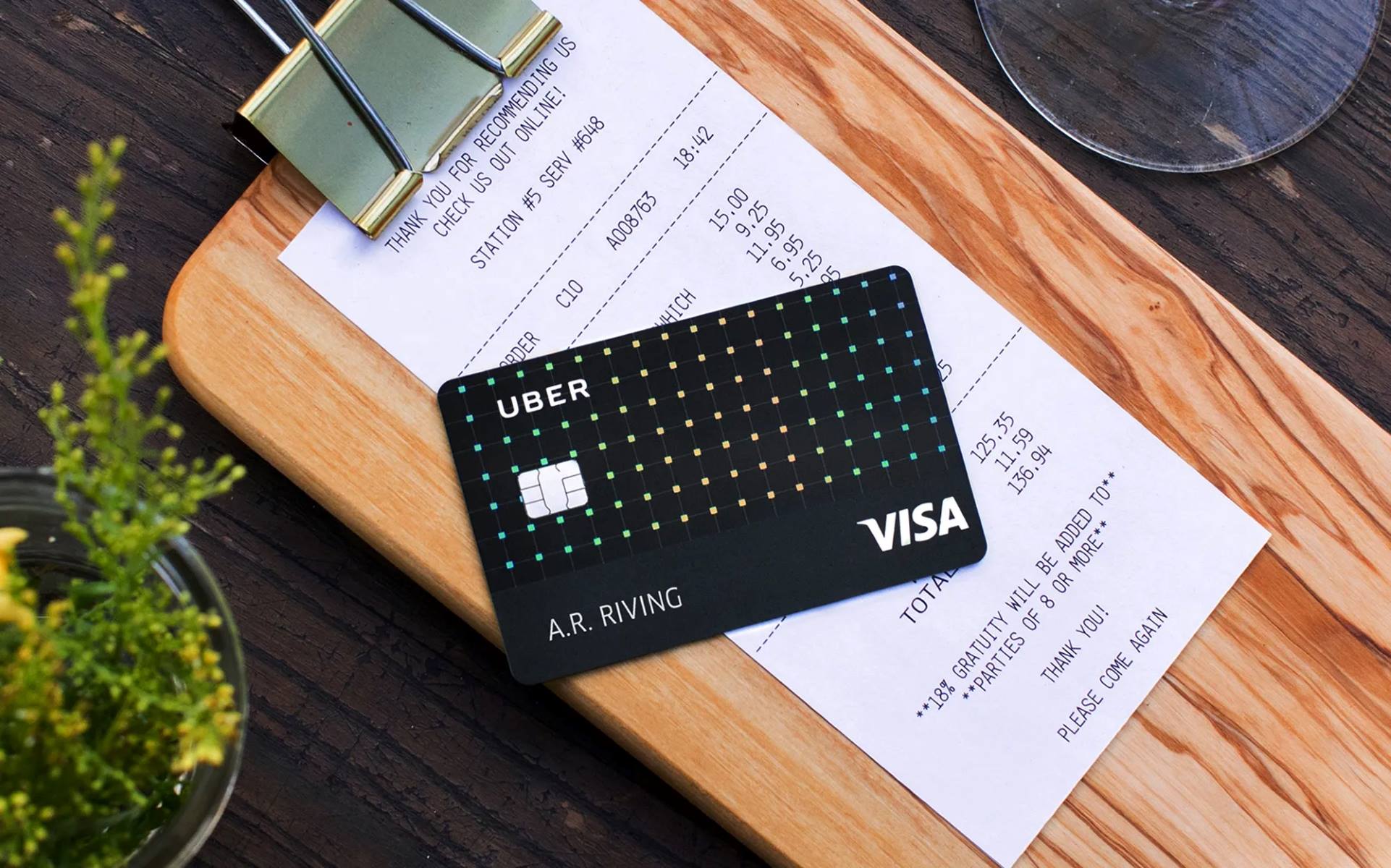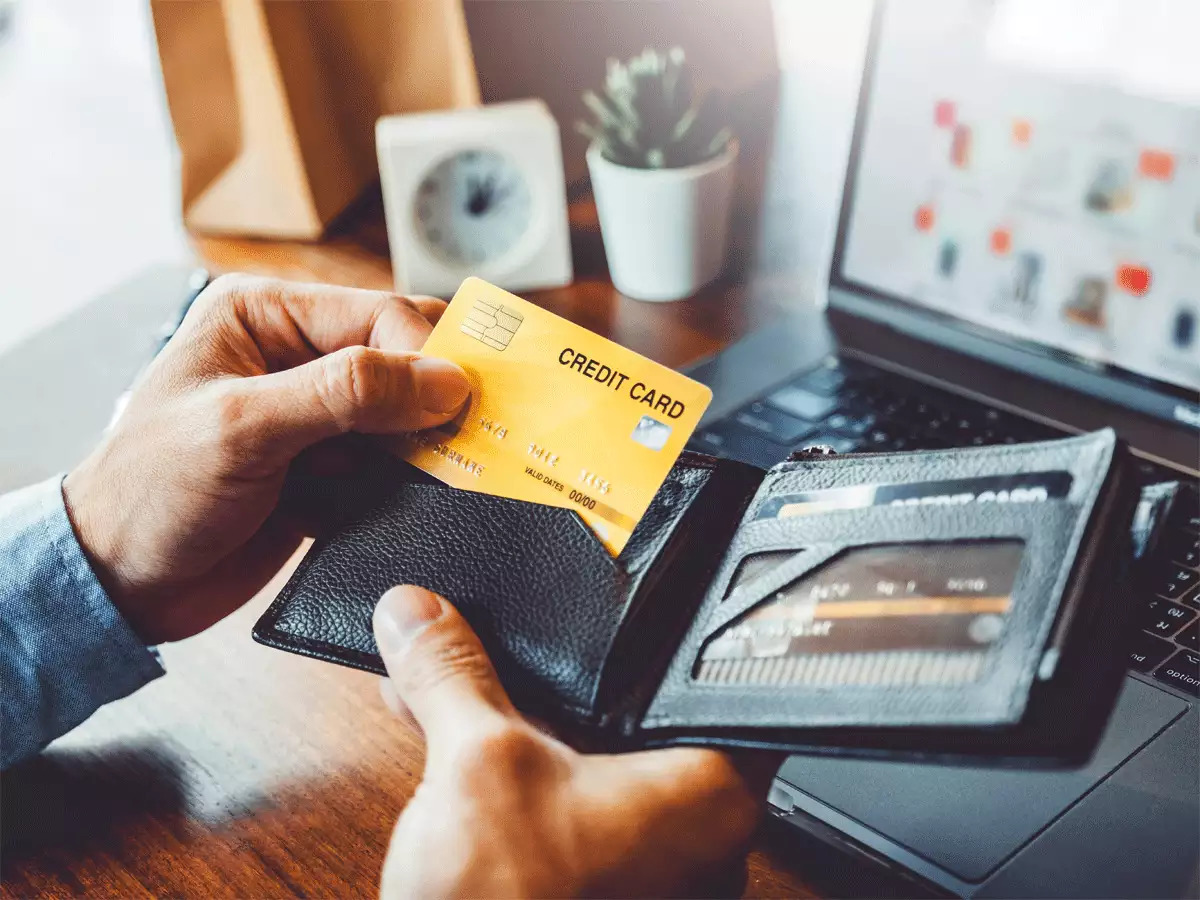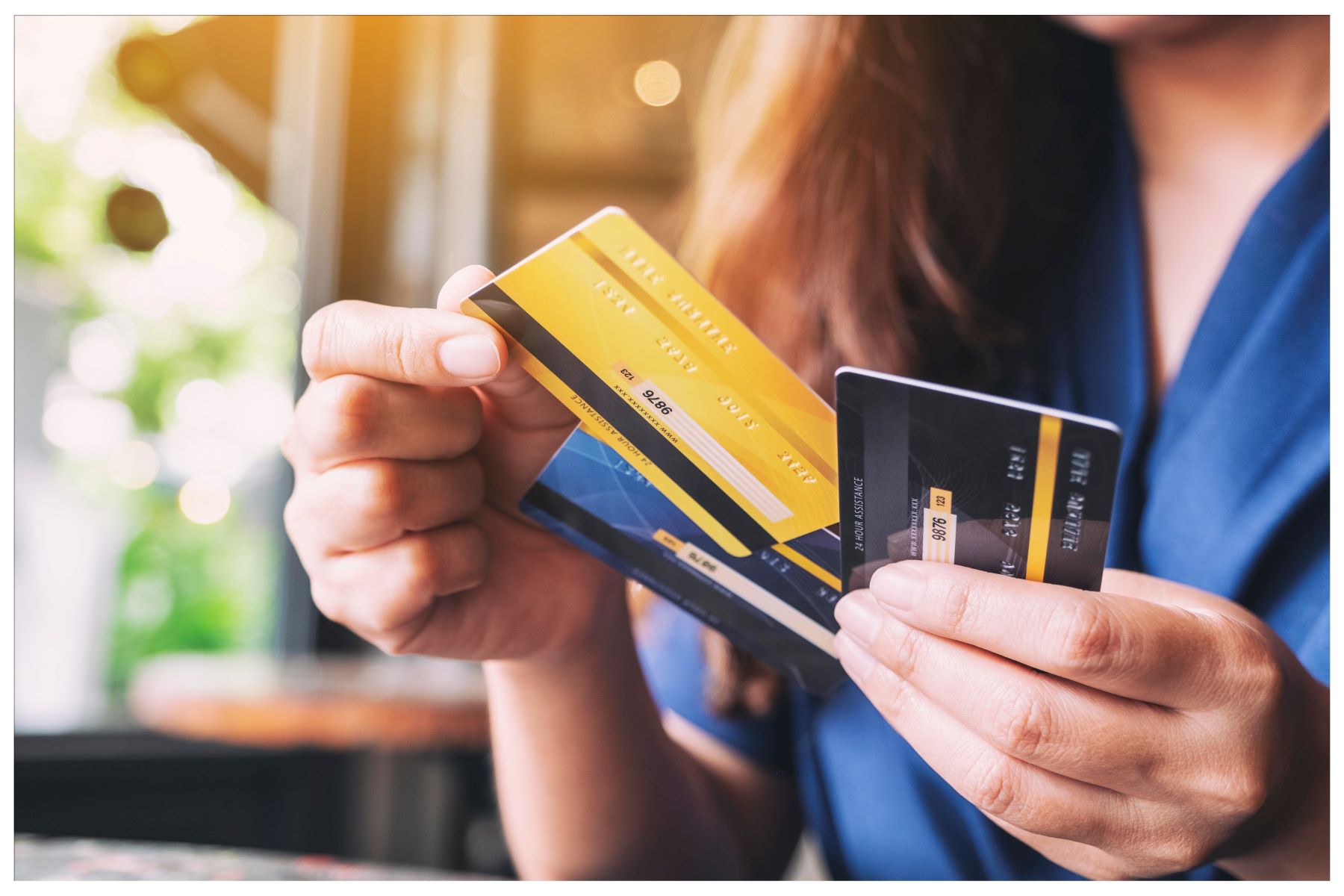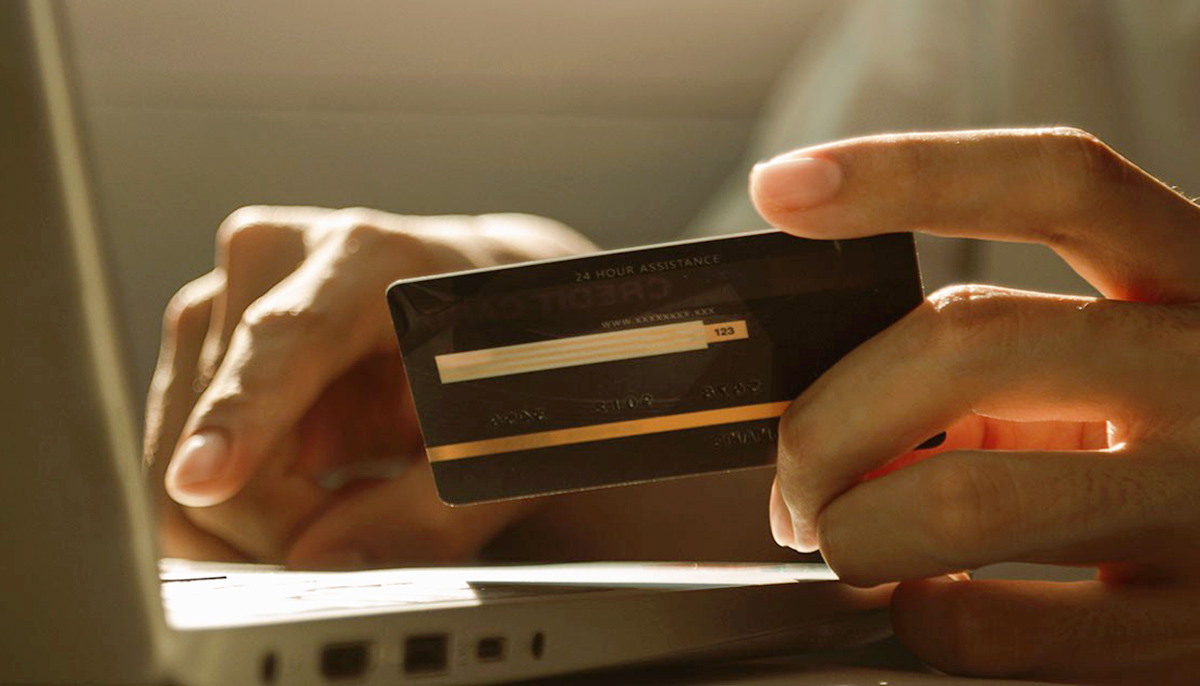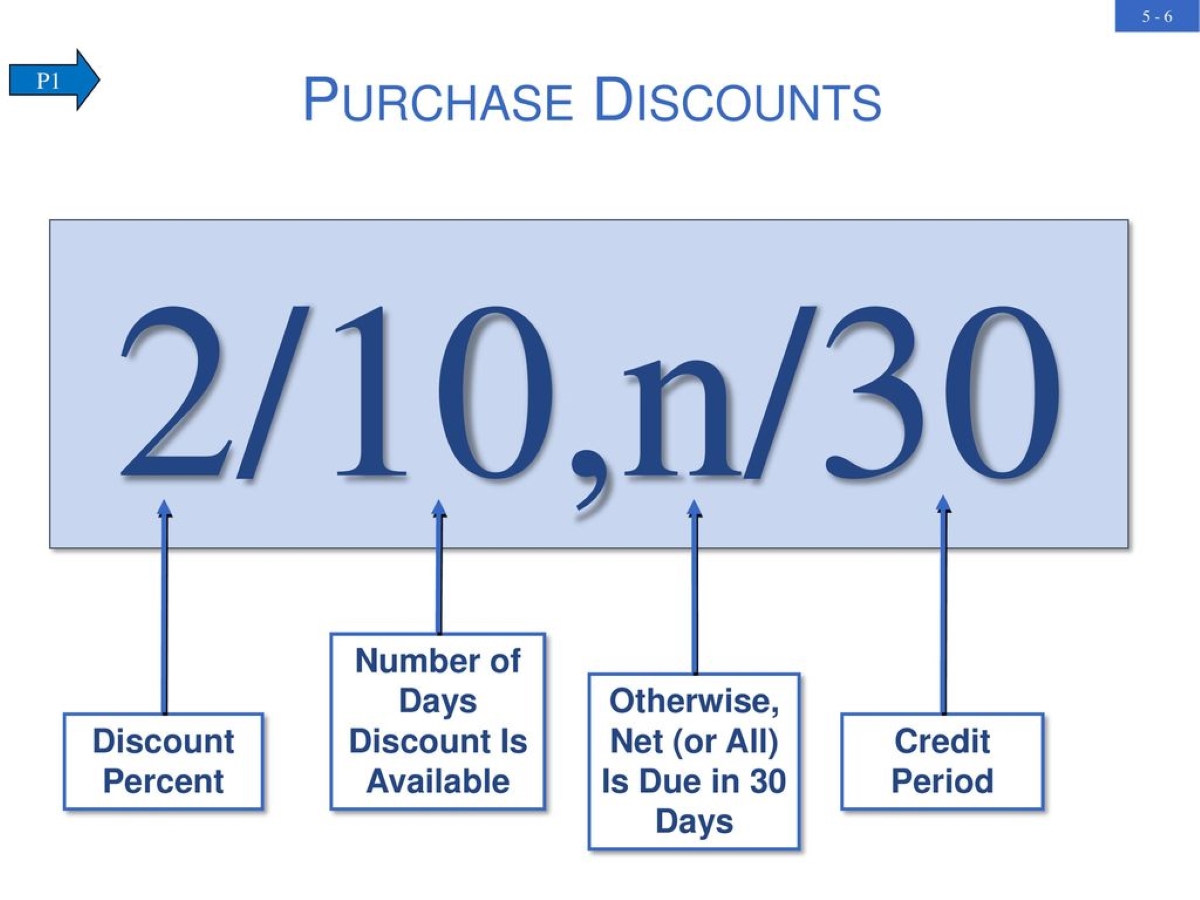

Finance
How To Sign Your Credit Card
Published: November 4, 2023
Learn how to sign your credit card and protect yourself from unauthorized use. Increase your knowledge in finance and secure your finances today.
(Many of the links in this article redirect to a specific reviewed product. Your purchase of these products through affiliate links helps to generate commission for LiveWell, at no extra cost. Learn more)
Table of Contents
Introduction
Signing your credit card is a crucial step to protect yourself from fraud and unauthorized use. It may seem like a simple task, but it is an important one that should not be overlooked. By signing your credit card, you create a unique identifier that allows merchants to verify the authenticity of the card during transactions.
While most credit card issuers provide a panel on the back of the card specifically for the cardholder’s signature, there are still some individuals who neglect to sign their cards. This can lead to potential risks, as an unsigned credit card can easily be used by someone else without their consent. In fact, some merchants may even refuse to accept an unsigned credit card as a security measure.
This article will guide you through the process of signing your credit card and highlight some additional security measures you can take to protect your card from unauthorized use. Whether you are a new credit cardholder or have recently received a replacement card, it is important to follow these steps to ensure that your credit card is properly signed and ready for use.
Step 1: Gather the Necessary Materials
Before you begin signing your credit card, it is important to gather the necessary materials to ensure a smooth and efficient process. Here are the items you will need:
- Your credit card: Ensure that you have the physical credit card in your possession. It is important to note that you should never sign a credit card that does not belong to you.
- A pen: Choose a pen with permanent ink, such as a ballpoint pen or a fine-tip marker. Avoid using pencil or erasable ink pens, as the signature may fade or be easily tampered with.
- A clean, flat surface: Find a stable and well-lit area where you can comfortably sign your credit card without any distractions or obstructions.
Once you have gathered these materials, you are ready to proceed to the next step.
Step 2: Preparation
Before you start signing your credit card, it is important to take a few moments to prepare for the process. Follow these steps to ensure that everything goes smoothly:
- Inspect the card: Before you sign your credit card, examine it carefully. Check for any damages, scratches, or signs of tampering. If you notice any suspicious activity or if the card appears to be compromised in any way, contact your credit card issuer immediately to report the issue.
- Read the terms and conditions: Take a few minutes to review the terms and conditions of your credit card agreement. Familiarize yourself with the rights, responsibilities, and protections provided by your credit card issuer. This will give you a better understanding of the importance of signing your credit card and the implications of not doing so.
- Consider additional security measures: While signing your credit card is an essential step in protecting yourself, it is also worth considering additional security measures. Many credit card issuers offer features such as chip-enabled cards, two-factor authentication, and mobile notifications to enhance the security of your credit card. Evaluate these options and decide if any of them align with your security preferences.
By taking these preparatory steps, you are ensuring that you have a clear understanding of the condition of your card and the additional security measures available to you.
Step 3: Signing Your Credit Card
Now that you have gathered the necessary materials and prepared for the signing process, it’s time to move on to signing your credit card. Follow these simple steps to ensure that your signature is clear, legible, and securely placed:
- Choose the right spot: Look for the designated signature panel on the back of your credit card. It is usually a white strip with the words “Authorized Signature” or a similar instruction. Make sure this area is clean and free from any smudges or previous markings.
- Hold the card firmly: Place your credit card on a flat surface and hold it firmly to prevent any movement while you’re signing. This will help ensure that your signature is smooth and consistent.
- Sign your full name: Using the pen you have selected, sign your full legal name on the designated signature panel. Take your time to write your signature clearly and legibly. Avoid using nicknames or abbreviations, as they may cause confusion during verification.
- Avoid potential fraud: It is recommended not to sign your credit card using a common or easily identifiable signature. Instead, opt for a slightly different variation of your signature that is unique to your credit card. This can help protect against potential forgery if your card is ever lost or stolen.
- Let the ink dry: After signing your credit card, allow the ink to dry for a few moments. This will prevent smearing or smudging, ensuring that your signature remains intact.
Remember, your signature on the back of your credit card is a legally binding agreement between you and the credit card issuer. It serves as a verification tool and helps protect you from unauthorized usage.
Step 4: Additional Security Measures
While signing your credit card is a crucial step in protecting yourself, there are additional security measures you can take to further safeguard your card and personal information. Consider implementing the following measures for enhanced security:
- Keep your card secure: Treat your credit card as you would treat cash. Keep it in a safe and secure location when not in use, and never leave it unattended or lend it to others. This helps minimize the risk of theft or unauthorized access.
- Monitor your transactions: Regularly review your credit card statements and online account activity. Look for any unfamiliar charges or suspicious transactions. If you identify any fraudulent activity, report it to your credit card issuer immediately.
- Enable transaction alerts: Many credit card issuers provide the option to receive text or email alerts for each transaction made with your card. Enable these alerts to stay informed about the activity on your credit card and quickly identify any unauthorized use.
- Protect your personal information: Be cautious about sharing your credit card details, especially online. Only provide your card information on secure and trusted websites. Avoid sharing your card details over email or phone calls, unless you initiated the contact with a reputable company or financial institution.
- Review your credit reports: Regularly check your credit reports from the major credit bureaus to ensure that there are no unauthorized accounts or suspicious activity associated with your name. If you notice any discrepancies, report them immediately.
By implementing these additional security measures, you can minimize the risk of credit card fraud and protect your personal and financial information.
Conclusion
Signing your credit card is a simple yet crucial step in protecting yourself from unauthorized use and potential fraud. By following the steps outlined in this article, you can ensure that your credit card is properly signed and ready for use. Remember, a signed credit card provides a unique identifier for verification during transactions, and some merchants may even refuse to accept an unsigned card.
In addition to signing your card, it is important to consider additional security measures to enhance the protection of your credit card and personal information. Keeping your card secure, monitoring your transactions, enabling transaction alerts, and being cautious with your personal information are just a few ways to further safeguard your credit card.
Remember to regularly review your credit card statements, report any unauthorized activity to your card issuer, and stay vigilant for any signs of potential fraud. By taking proactive steps to protect your credit card, you can have peace of mind knowing that your financial well-being is in good hands.
Take the time to sign your credit card today. It’s a small action that can have a big impact on your financial security.

